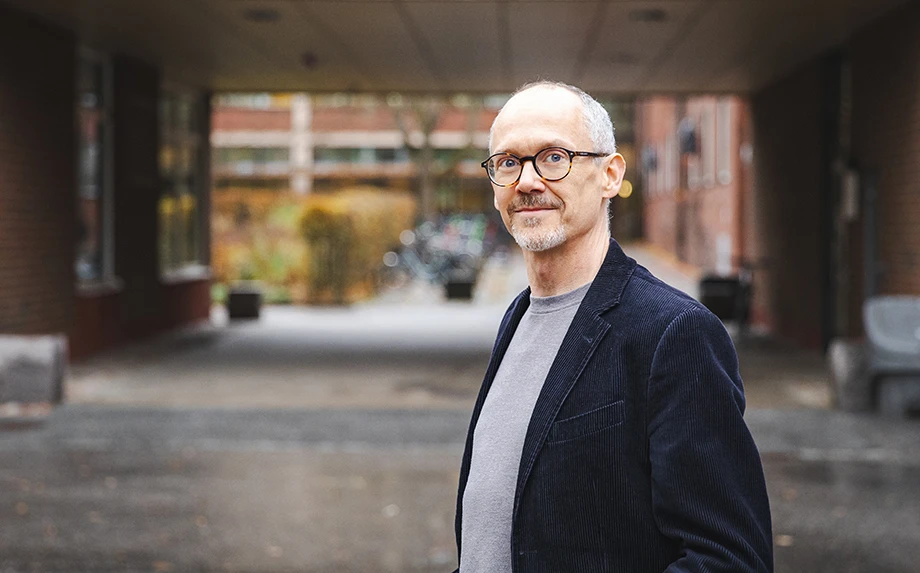Nuclear power in a warmer climate

How will nuclear power cope with climate change? A new book, edited by historian of technology Per Högselius, examines how a warmer climate and water shortages could affect nuclear power plants.
At the same time as The Nuclear-Water Nexus was published by MIT Press this summer, several nuclear power plants in Europe were forced to shut down completely or partially due to the heatwave.
“It was a clear reminder of the complex environmental connections of nuclear power and its dependence on cooling water supplies,” says Per Högselius, professor at the Division of History of Science, Technology and Environment, KTH.
In the book, 25 researchers from around the world contribute with various case studies on how the nuclear power industry has grown up next to oceans, lakes or rivers, which has also made them vulnerable to drought, flooding and climate change.
“Actually, it may seem obvious: all nuclear power plants have a great need for cooling water. But no one has thoroughly investigated the interaction between nuclear power and water,” Högselius says.
He hopes that the book will help more people understand how complex the water supply behind nuclear power is – and what risks it can entail. The debate often gets stuck on the reactors, but a nuclear power plant is so much more than just that, he argues.
The most serious risk is a cooling water failure that could result in a meltdown, as happened in Fukushima, Japan, after the water pumps stopped working. Warm or low river water can force inland nuclear power plants to shut down, and climate change has made the discussion about local water shortages and drinking water even more relevant.
“In Sweden, water is not a major issue, as our nuclear power plants are located on the coast. But it will certainly be a topic of debate in the future if nuclear power plants are to be built in new locations, such as in a beautiful archipelago area. In other countries, my impression is that politicians are a little hesitant, which is not surprising,” Högselius says.
What possible solutions or alternatives do you see?
“It will be interesting to follow the development of small modular reactors. One of their selling points is that smaller reactors require less cooling water and therefore have a smaller environmental impact. And an accident in an SMR due to problems with pumps and the like is likely to have less serious consequences”.
What do you see as the next step in this issue?
“The most important thing is that we have an open and level-headed debate about the pros and cons of nuclear power, in this case about the water issue. We need to take people's fears seriously, especially when it comes to local concerns about how nuclear power's heavy dependence on water can have negative consequences for the environment and health”.
Christer Gummeson ( gummeson@kth.se )

